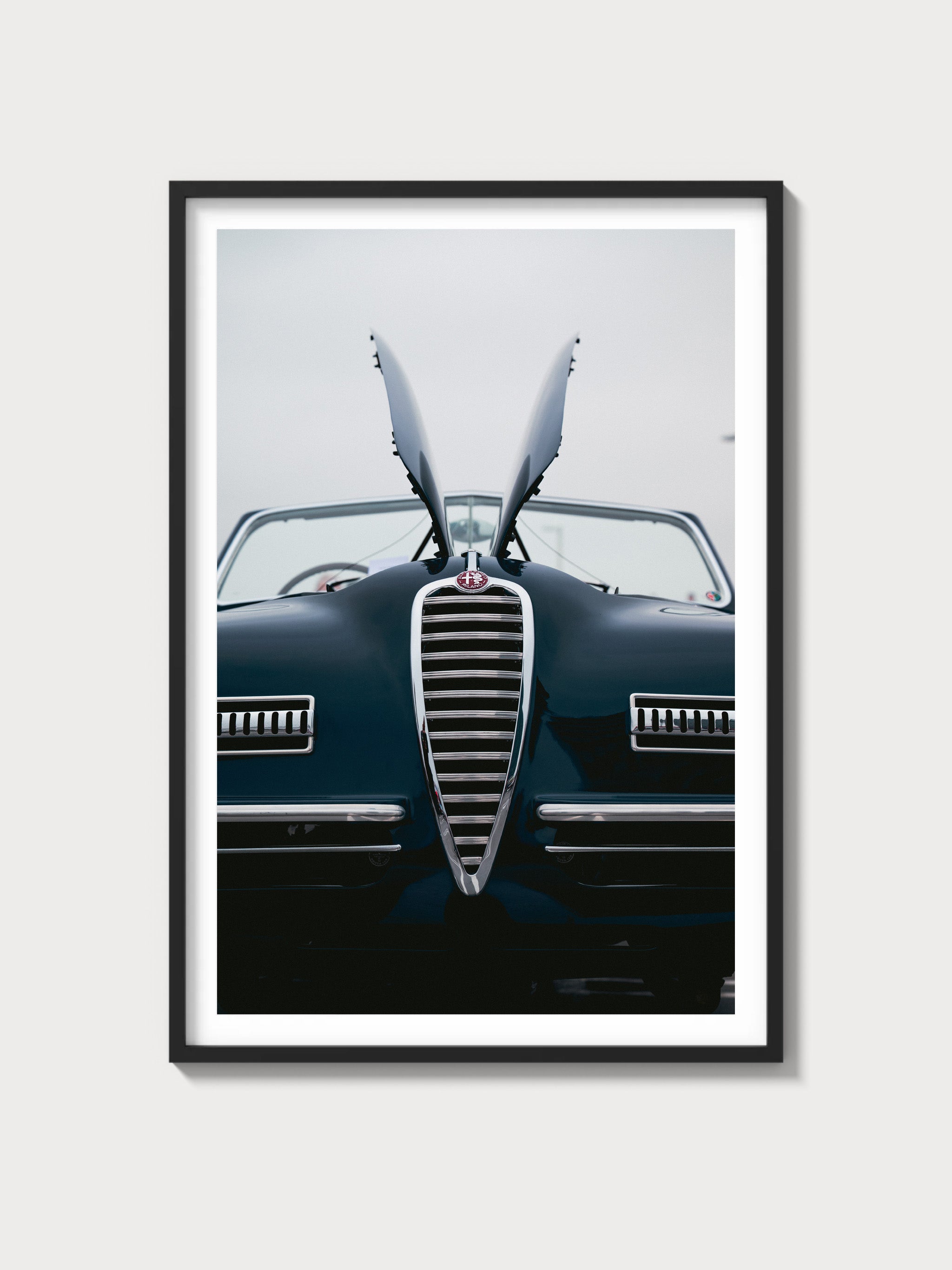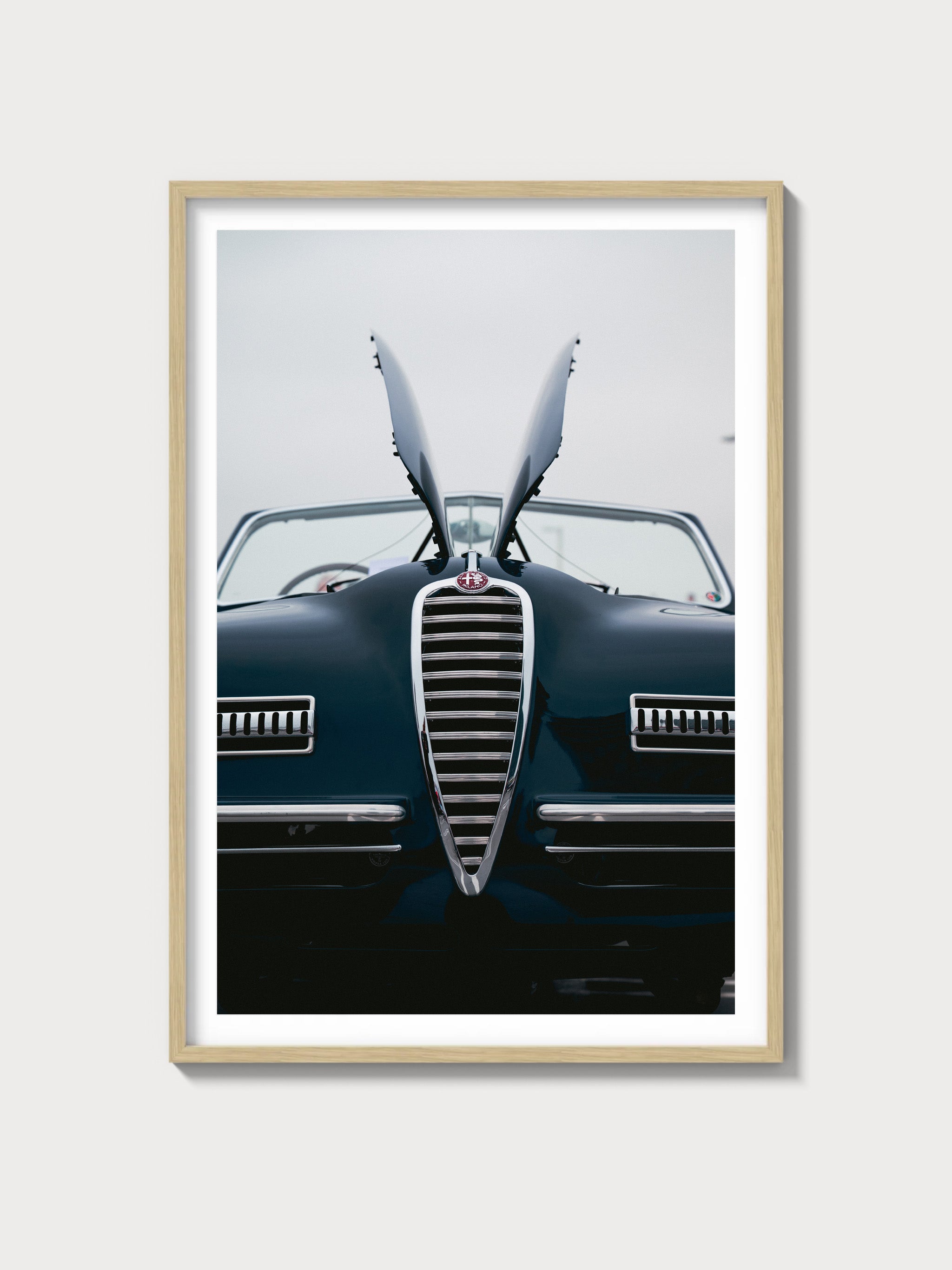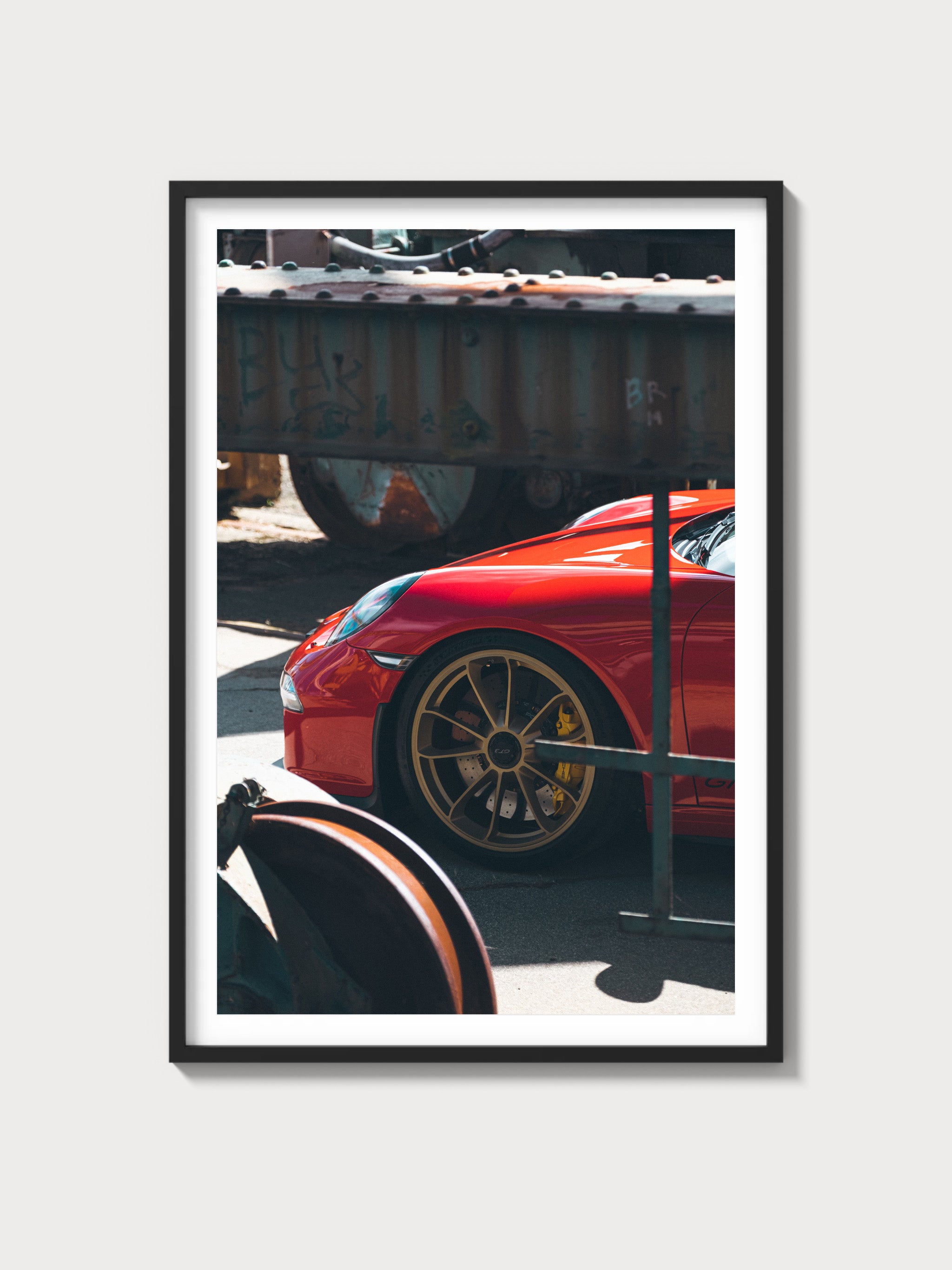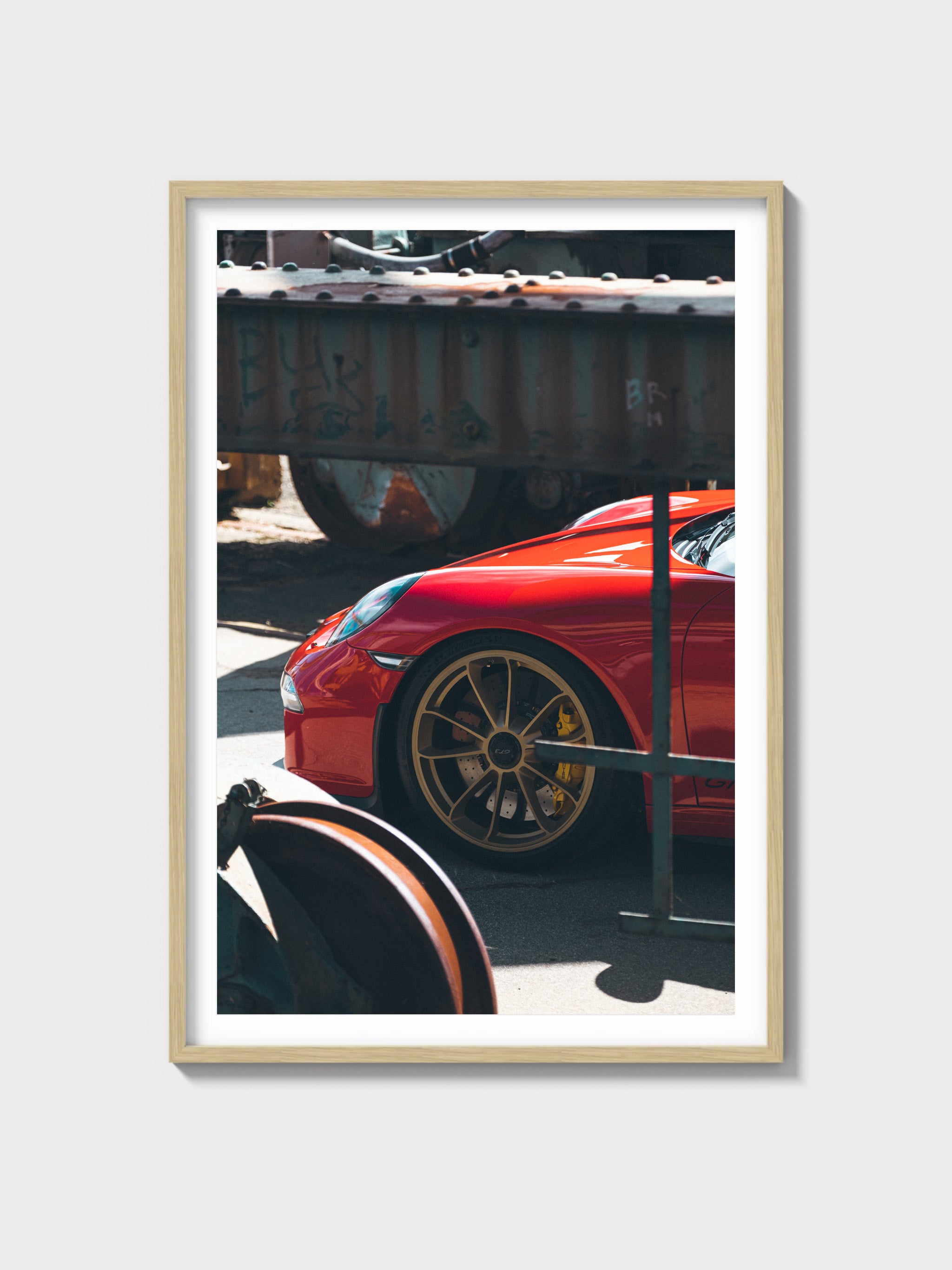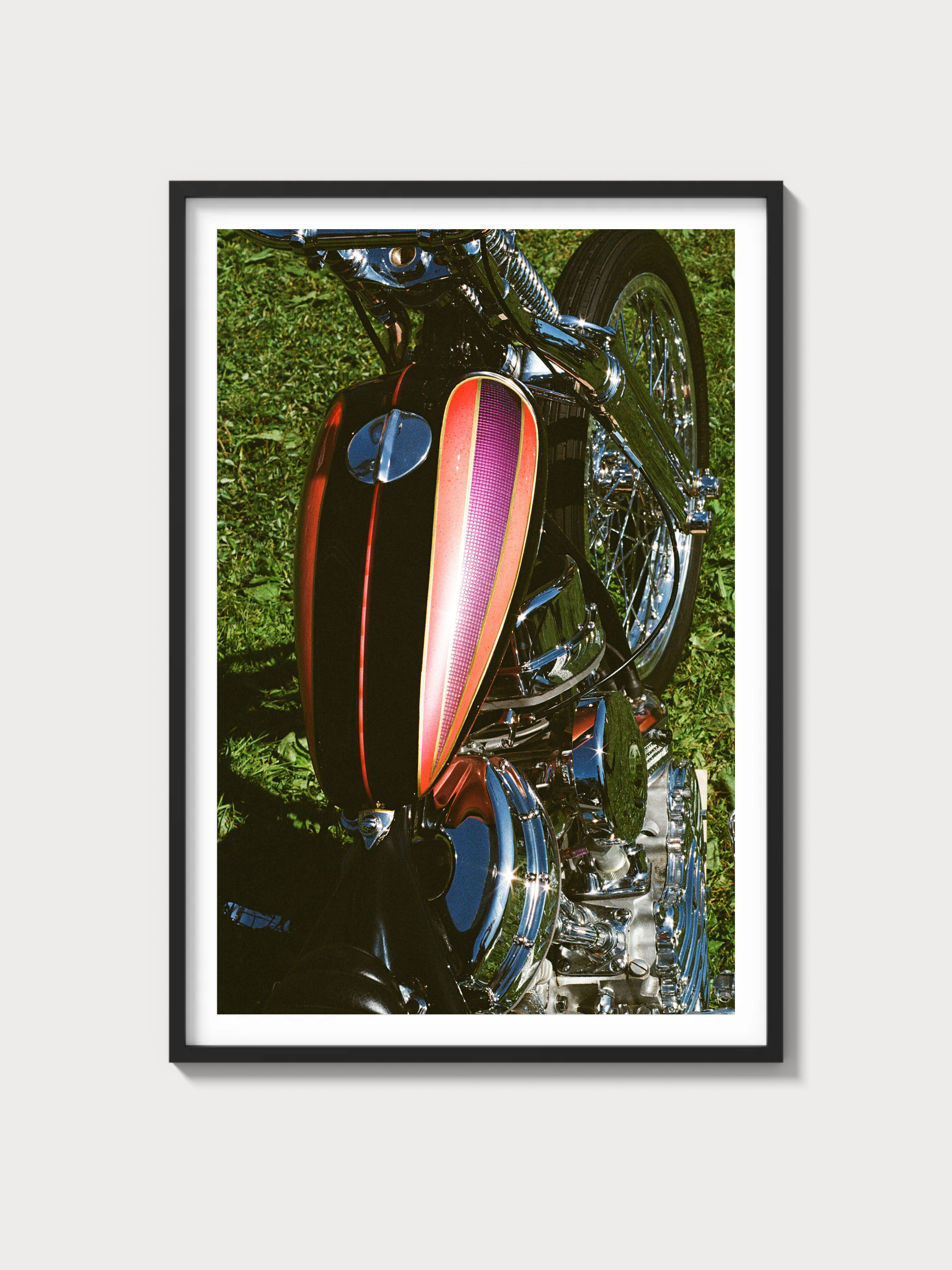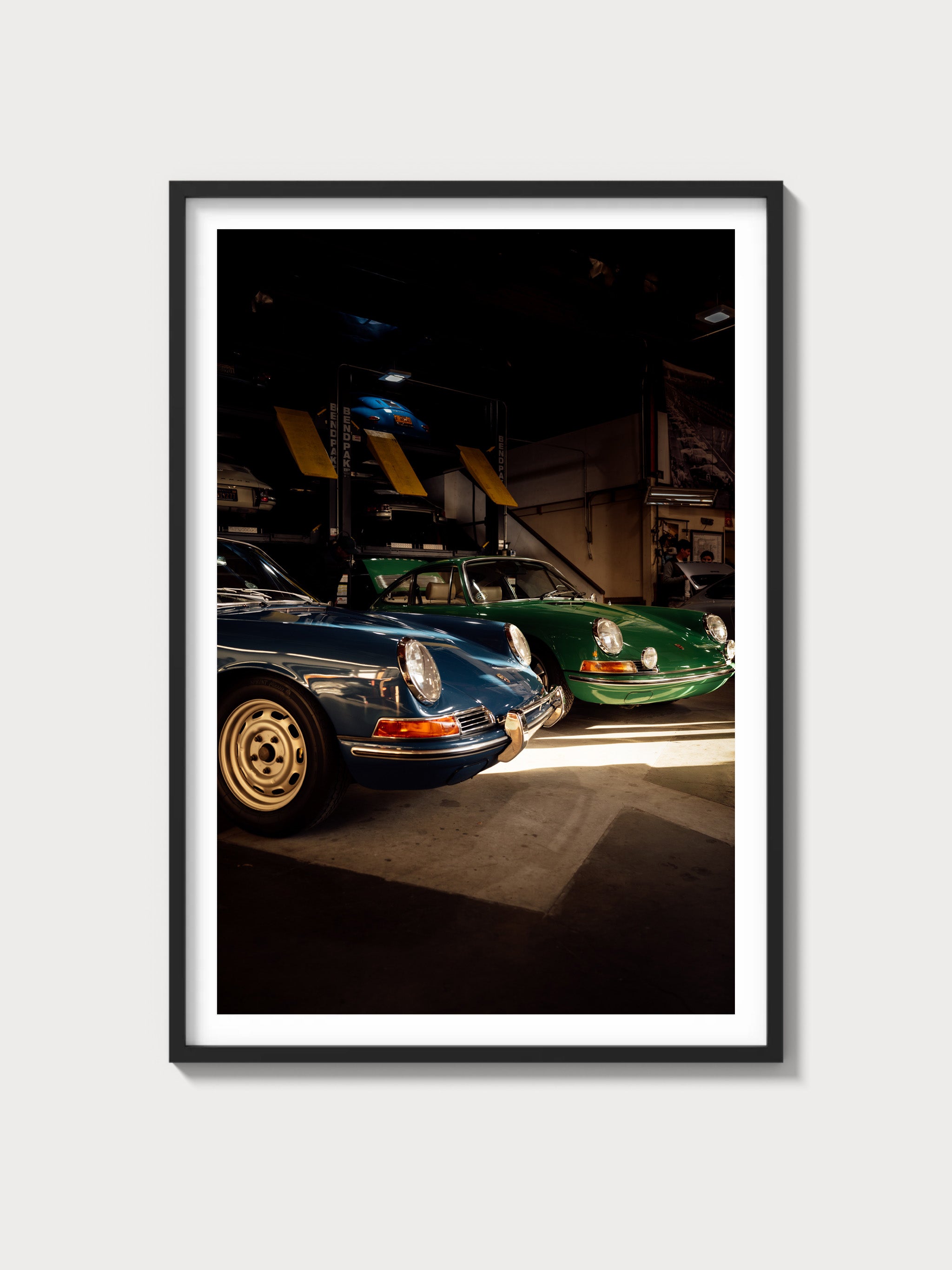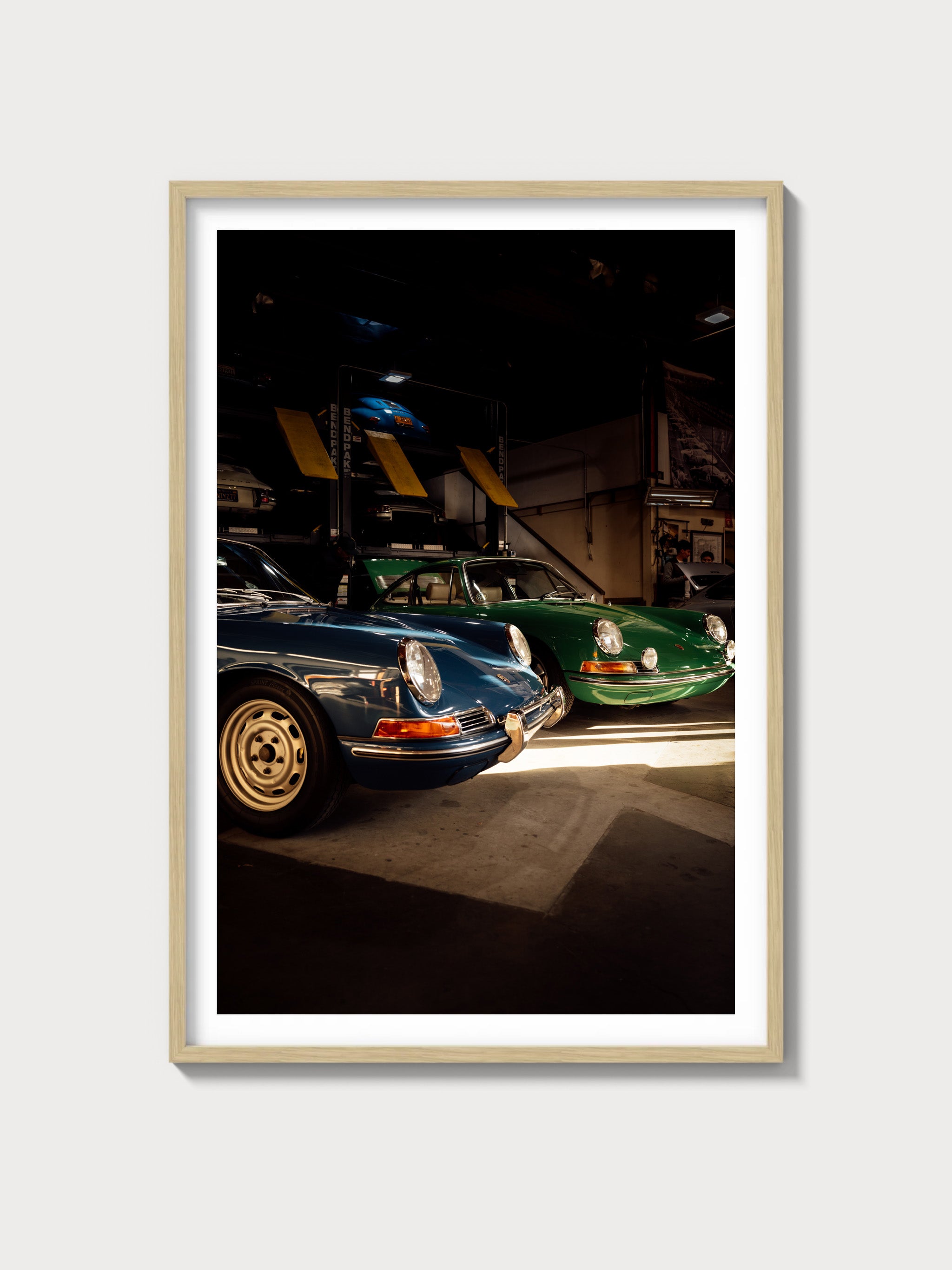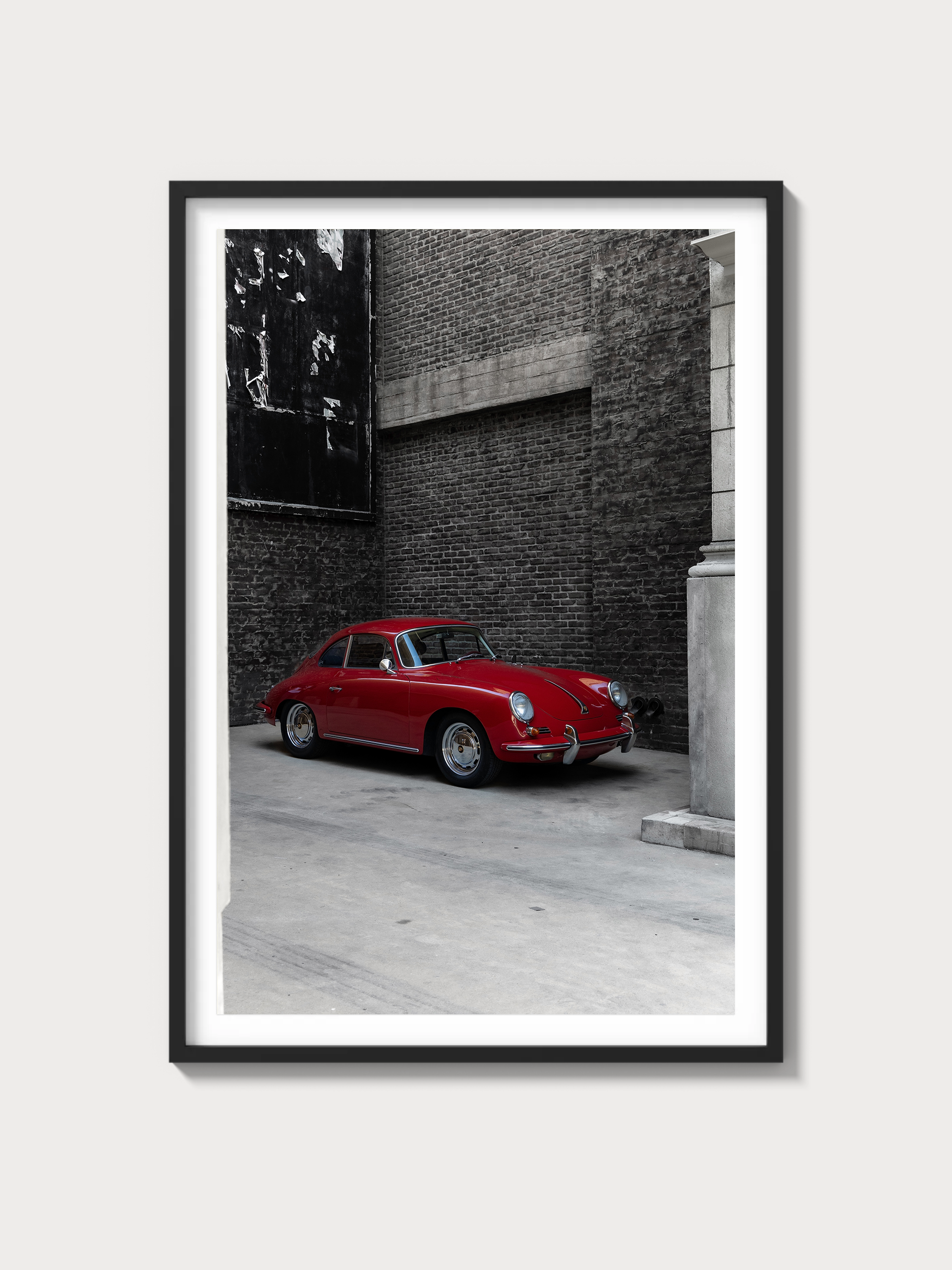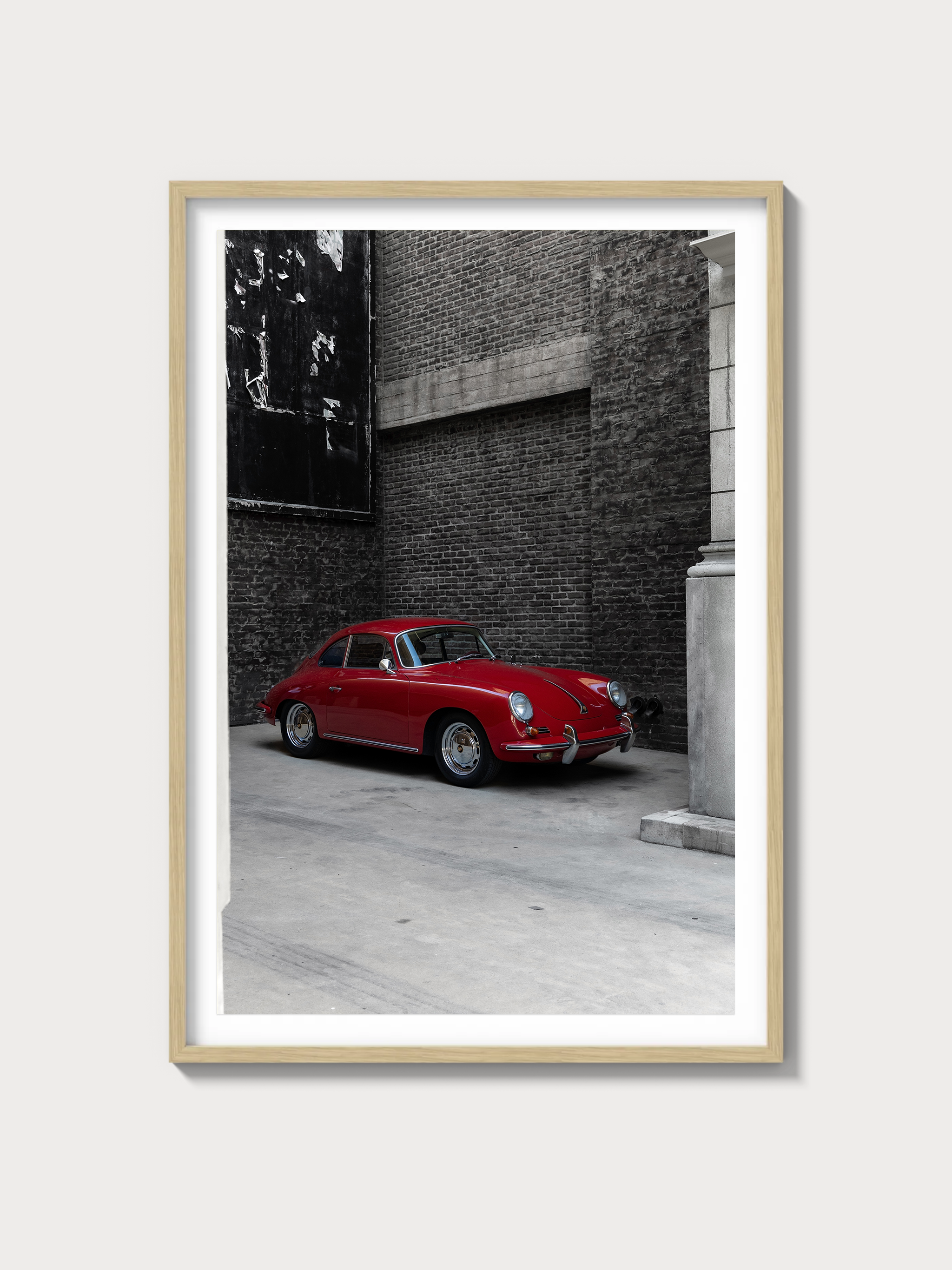Ferrari Roma: The Definitive History, Specs, and Legacy
Introduction: Ferrari’s Elegant Modern Grand Tourer
In the celebrated lineage of Ferrari’s road cars, the Roma, introduced in 2020, stands as an elegant masterpiece—a front-engine grand tourer with a 3.9-liter twin-turbo V8 delivering 620 horsepower, blending timeless design with modern performance. Crafted by Ferrari’s Centro Stile, this model saw approximately 3,000 units produced, succeeding the Portofino as Ferrari’s entry-level GT coupe. Named “Roma” to evoke the romance and style of 1950s and 60s Rome, it offered a refined balance of luxury, agility, and understated power, redefining Ferrari’s grand touring heritage.
The year 2020 was a dynamic period for Ferrari, its racing triumphs—SF90 Stradale, F8 Tributo—complementing road car innovation under John Elkann’s leadership. Unveiled on November 14, 2019, in Rome (entering production in 2020), the Roma captivated with its sleek, retro-inspired design and turbocharged V8. This exhaustive history, penned with a Ferrari historian’s precision, explores its technical brilliance, its iconic styling, its subtle racing ties, and its enduring legacy.
Historical Context: Ferrari’s Retro-Modern GT
The Ferrari Roma emerged during a transformative era for Maranello. By 2020, Ferrari’s racing pedigree—812 Superfast’s V12 dominance, SF90 Stradale’s hybrid revolution—had solidified its stature, yet the company sought to reimagine its front-engine GT lineage beyond the Portofino’s ~6,000-unit run (2017-2024). The Portofino had refined the convertible GT formula, but Ferrari aimed for a coupe with classic elegance and modern tech. The Roma, with its 3.9L turbo V8, retro-modern design, and advanced dynamics, answered, targeting style-conscious buyers while rivaling the Porsche 911 Turbo S and Aston Martin DB11.
A total of ~3,000 units were built (2020-present)—all coupes, with a Spider variant added in 2023—reflecting steady demand. Chassis 300543, the prototype, debuted in Rome in November 2019, its graceful form signaling a nod to classics like the 250 GT Coupé Pininfarina. This was a car for a cosmopolitan elite—European aesthetes, American luxury seekers—its production balancing elegance with Ferrari’s prestige amid the early-2020s GT market.
The broader context of 2020 shaped its purpose. The luxury GT segment thrived—Bentley Continental GT, Mercedes-AMG GT—while buyers sought sophistication with performance. The Roma bridged Ferrari’s racing heritage, rooted in the 456 GT, with a retro-modern grand tourer.
Technical Specifications: The Turbo V8’s Refined Power
The Ferrari Roma’s heart was its 3.9-liter twin-turbo V8—a refined powerplant designed for elegance and agility. Below, we dissect its engineering with historian’s detail.
Engine: The 3.9-Liter F154 V8 Turbo
Displacing 3,855 cc (bore 86.5 mm, stroke 82 mm), the Roma’s V8 was a front-mounted, all-aluminum unit with a 90-degree V-angle, featuring four valves per cylinder (double overhead camshafts per bank), a 9.45:1 compression ratio, and twin-turbo direct fuel injection. It produced 620 horsepower at 7,500 rpm—a 60 hp gain over the Portofino’s 560 hp. Weighing 325 lbs, it delivered 561 lb-ft of torque at 3,000-5,500 rpm, matching the Portofino’s torque with broader delivery.
This engine was a GT standout. Chassis 303876, a 2021 model, showcased its smooth, turbocharged power, balancing refinement with spirited performance.
Performance: Elegant GT Speed
The Roma reached 199 mph (320 km/h)—verified by Autocar’s 2021 test—outpacing the Portofino’s 196 mph, with a 0-60 mph time of ~3.4 seconds, a 0.2-second improvement. Its power-to-weight ratio (395 hp/ton) surpassed the Portofino (344 hp/ton), offering a graceful yet dynamic GT experience.
Chassis and Suspension: Front-Engine Precision
The chassis was an aluminum spaceframe, weighing 1,570 kg (3,461 lbs)—55 kg lighter than the Portofino due to optimized design. Its 2,670 mm wheelbase matched the Portofino, with fully independent suspension—double wishbones front, multilink rear, with coil springs and magnetorheological dampers—delivering a plush, controlled ride with agile handling.
Transmission and Brakes: Smooth Dynamics
An 8-speed dual-clutch transmission—rear-mounted, transaxle design—drove the rear wheels, its ratios (1st: 2.93, 8th: 0.74) favoring versatility, with paddle-shift operation (50-ms shifts). Braking relied on 15-inch carbon-ceramic disc brakes with ABS, delivering 1.1g deceleration—robust for its weight.
| Specification | Details |
|---|---|
| Engine | 3.9L V8 Turbo, 620 hp @ 7,500 rpm |
| Displacement | 3,855 cc (86.5 mm x 82 mm) |
| Top Speed | ~199 mph (320 km/h) |
| 0-60 mph | ~3.4 seconds |
| Weight | 1,570 kg (3,461 lbs) |
| Transmission | 8-speed dual-clutch, paddle-shift |
| Suspension (Front) | Double wishbone, coil springs, magnetorheological dampers |
| Suspension (Rear) | Multilink, coil springs, magnetorheological dampers |
| Brakes | Carbon-ceramic discs, 15-inch, ABS |
Design and Styling: Ferrari’s Retro-Modern Elegance
The Ferrari Roma’s aesthetic was a Ferrari Centro Stile triumph, blending retro inspiration with modern flair.
Exterior: Timeless GT Proportions
Ferrari’s Centro Stile built all ~3,000 units—chassis 300543 featured a shark-nose grille, slim LED headlights, and smooth lines, finished in Grigio Silverstone. Its 2,670 mm wheelbase and aluminum body offered a timeless, flowing profile, with subtle vents evoking classics like the 250 GT Coupé.
Interior: Luxurious GT Haven
The cabin was a plush retreat: leather bucket seats (tan or black), an 8.4-inch touchscreen with dual-cockpit layout, and Veglia gauges—tachometer (8,000 rpm redline), speedometer, oil pressure. Chassis 303876’s interior, with upgrades over the Portofino, offered luxury contrasting the SF90 Stradale’s tech focus.
Production and Variants: An Elegant GT Legacy
The Ferrari Roma’s ~3,000-unit run (2020-present) included the standard coupe, with a Spider variant (2023) adding open-top elegance. Chassis 300543 launched the series, with production ongoing as of 2025, complementing models like the 812 Superfast. Its focus remained road luxury—no racing versions emerged.
Performance and Racing Legacy: A Tourer’s Quiet Grace
The Ferrari Roma racing history was negligible, its grand touring ethos dominant. Chassis 302543, tuned to 630 hp, ran private track events, but no official races ensued. Its true domain was scenic cruising—Riviera, Pacific Coast—where its 199 mph top speed and turbo refinement excelled.
Ownership and Market Value: A Modern Classic
The Ferrari Roma value reflects its elegant appeal. Early owners included European style icons and U.S. luxury buyers. Today, prices range $250,000-$300,000—chassis 300543 sold for $275,000 at RM Sotheby’s 2023. Restoration costs—turbo V8 rebuilds at $100,000—highlight its enduring popularity.
Cultural Impact: Ferrari’s Retro-Modern GT Icon
The Roma reintroduced timeless elegance to Ferrari’s lineup, its V8 and retro design influencing future GTs. In 2020s lore, it’s the car of sophisticated performance and classic style, a cornerstone of Ferrari’s grand touring heritage.
Comparisons: Ferrari Roma vs Rivals
The Ferrari Roma vs Porsche 911 Turbo S pits 620 hp V8 turbo against 640 hp flat-6 turbo—Ferrari led in elegance, Porsche in raw speed. The Aston Martin DB11 (503 hp) trailed in power but matched in luxury.
| Model | Engine | Power | Weight | Top Speed |
|---|---|---|---|---|
| Ferrari Roma | 3.9L V8 Turbo | 620 hp | 1,570 kg | ~199 mph |
| Porsche 911 Turbo S | 3.8L Flat-6 Turbo | 640 hp | 1,640 kg | ~205 mph |
| Aston Martin DB11 | 4.0L V8 Turbo | 503 hp | 1,760 kg | ~187 mph |
Frequently Asked Questions
What was the Ferrari Roma?
A 2020 3.9L V8 turbo front-engine grand tourer coupe.
How many were made?
~3,000 units.
What engine powered it?
3,855 cc V8 turbo, 620 hp.
Did it race?
Rarely—built for touring.
What’s its value?
$250,000-$300,000.




































